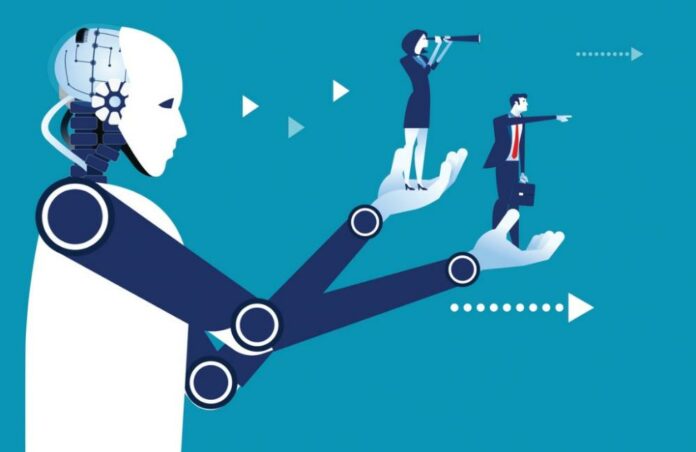Artificial Intelligence, a machine intelligence that delivers immense advantages, has become an integral part of business sectors as well as nations. The ability of AI to solve complex and dangerous problems with great speed and accuracy makes it a need of the hour. Nevertheless, AI poses certain risks as well as potential traps.
The member states of the European Union (EU), signed a Declaration of Cooperation on AI, in April 2018, agreeing to work together to tackle social, cultural, legal, and ethical issues relating to AI and to ensure that the EU is competitive in the field. Since it is crucial to get the most out of AI, nations are getting themselves prepared, and therefore, the European Commission is raising funds for AI for the past 3 years. The investment of the EU in research and development for AI has seen an increase of about 70% in comparison with the previous year.
Government organizations will be able to acquire a potential number of uses with AI, ranging from the expansion of public policy objectives, and enabling public interaction with the Government. As several government entities plan to incorporate AI, they can be supported by a six-pronged process to determine their readiness for AI. AI is highly transformative in nature and thus, the Government entities will have to plan appropriately to modify the existing processes.
A few factors are constraining governments to accept the potentials of AI. Silos on roles make it difficult for AI tools and their counterparts, such as policymakers, to have regular interfaces and leverage each other’s expertise to the full.
Six important areas can help in evaluating the readiness of Government entities to adapt itself to AI.
Strategy- Vision and objectives that define the authentic target and adoption of an accurate procedure for the management of the entity. For a pioneering innovation like AI, direction orientation and a strong ambition are essential.
People- Organizations may face challenges in obtaining and choosing critical technological skills, as well as encouraging current workers to develop and implement AI competencies. These problems could be solved by integrating AI into human workflows, rethinking capability models, and having stakeholders buy-in through proactive communications and change management to tackle those areas.
Procedures- This helps in setting, defining, and designing, controlling the procedures needed in the successful implementation of AI. AI must be integrated with the procedures and the work of the organization.
Data- Data governance should include procurement, access, and quality control guidelines and must embed engineering and security.
Technology and platform- Adequate innovation and platform is a mandate to initiate AI resources those related to suppliers, and the computing environment.
Ethics- In AI-driven practices, developing structures to consider and forestall AI bias, fostering fairness and accountability, and ensuring principles and honesty are mounted.
Even though complex, the potentials of AI can’t be ignored by the government sector. Thus, all the six areas can be relevant as all of them probably involve action and change along the AI process that the organization has identified.

